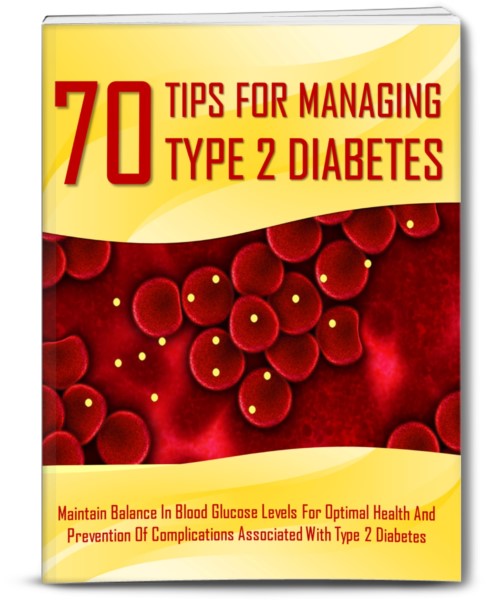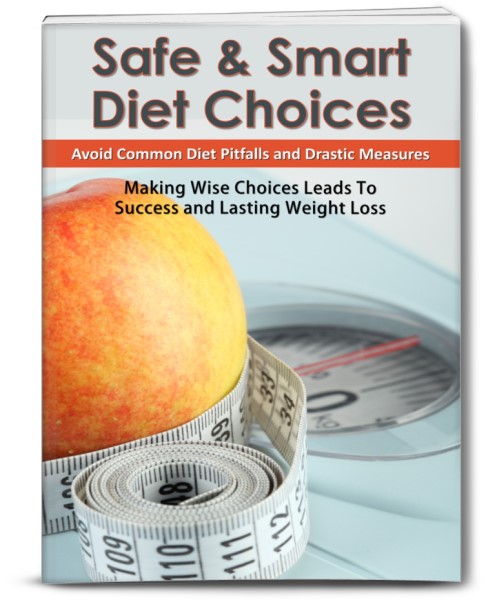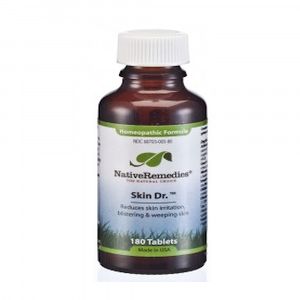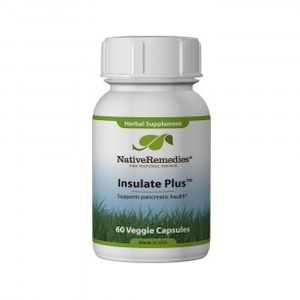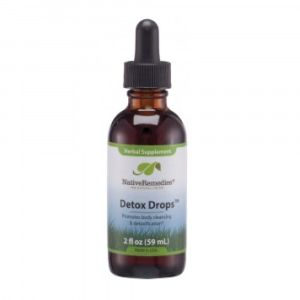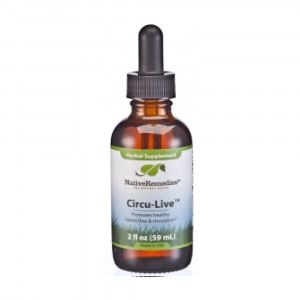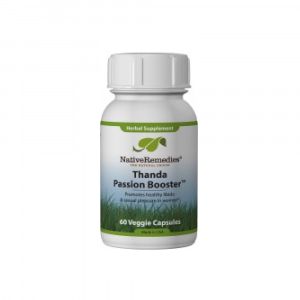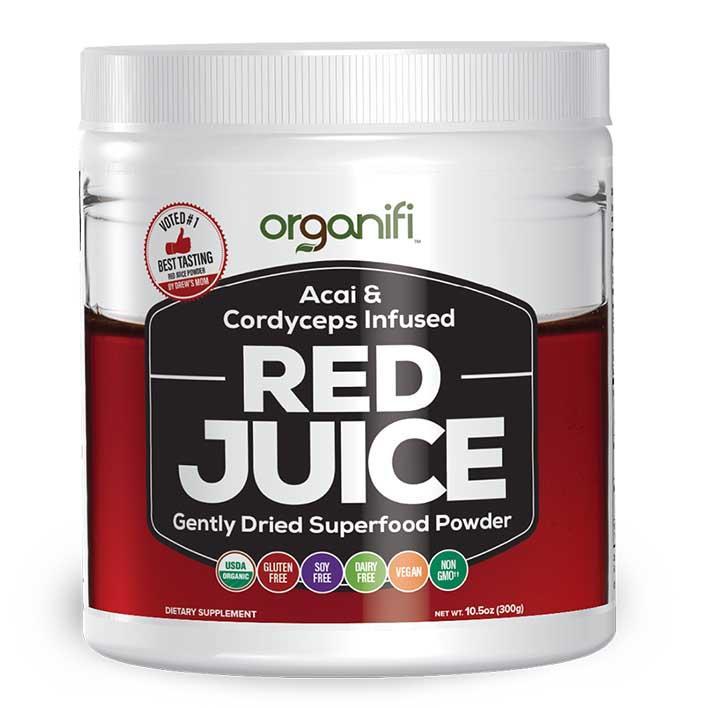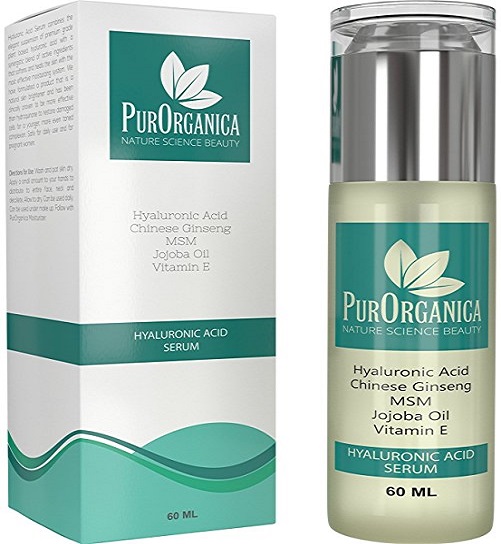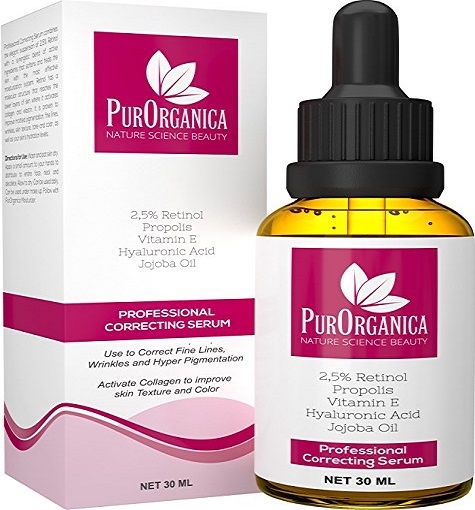The Optimal Prediabetes Diet
Diabetes isn’t a disease that just turns on like a switch when you come down with it. Its onset is a gradual process that hovers near the point of diabetes before you actually get the disease. The process that happens right before you get diabetes is called prediabetes. It can last for years until the diagnosis of diabetes is finally made.
Doctors diagnose prediabetes when the fasting blood sugar is between 100 mg/dL and 125 mg/dL. It means you are likely developing insulin resistance; insulin is less able to allow glucose to enter the cells to be used as fuel. As your diet remains poor and your weight perhaps goes up, you are finally diagnosed as having diabetes or a fasting blood sugar of greater than 125 mg/dL and non-fasting blood sugars in the range of 160-200 mg/dL or more.
The time of pre-diabetes is perhaps the best time to make dietary changes to prevent diabetes from ever happening. This is the time to take a hard look at your diet and commit to lifetime changes.
Soda and Juice
One of the worst things for diabetes is drinking sugar-containing sodas. These types of sodas contain as much as ten teaspoons of table sugar per can of soda. While you might think that switching to fruit juice is a good alternative, the truth is that juice can be almost as bad as soda.
The problem with juice is that it contains all the sugar of the fruit it comes from and none of the fiber, which is contained in the pulp of the fruit that is removed in the juicing process. The juice alone dumps a large amount of sugar into the blood system over a very short period of time. If you like fruit, eat the whole fruit, complete with fiber that allows for a slower peak absorption of glucose after eating the food.
Fruits and Vegetables
Prediabetes is the best time to learn good ways to incorporate fruits and vegetables in your diet. Vegetables are technically better than fruit because they contain more complex carbohydrates than fruit. Complex carbohydrates are eventually broken down into simple carbohydrates but this burns fuel and allows for gradual absorption of glucose into the bloodstream.
Fruits provide the sweetness of much worse foods but many provide healthy antioxidants and vitamins as well. As mentioned, whole fruits are much better for you than fruit juice and the fiber is good for the bowels.
Starches
It’s okay to eat starchy foods like potatoes, pasta, corn and sweet potatoes as a prediabetic but don’t make these foods the staples of your diet.
Limit the amount of rich sauces and butter that you add to these starches as they can add to your weight and often contain a lot of salt, which isn’t good for high blood pressure.
Meats and Proteins
Twenty five percent of your calories should be come from meats and other proteins. Meats should be as lean as possible so as not to add so much fat to your diet. Trim all visible fat from meats you are cooking and pour off any grease after pan-frying meats. The best way to eat meat is grilled, baked, or broiled with something to catch greasy drippings.
Grease doesn’t really affect pre-diabetes but it can add to your weight and this plays a strong role in developing diabetes.
Don’t forget the benefit of plant based proteins like nuts, beans, and legumes.
Fish is probably the most high quality protein, it is loaded with nutrients, very low in fat and calories, and fatty fish gives you heart healthy mono and polyunsaturated fats.
Eat to lose weight
Unless you are of a normal weight, the pre-diabetic state is a good time to bring your weight down to a lower level, ideally into a body mass index of 25 or less.
You can calculate your body mass index or BMI by this calculation: Take your weight in pounds and divide it by your height in inches squared. Multiply the result by 703. Numbers over 30 indicate you are obese and you should then lose weight. Even a 5% to 7% reduction in bodyweight can prevent or delay the onset of type 2 diabetes.
Exercise
Exercise is another crucial consideration if you have prediabetes because it can go a long way to preventing the onset of the disease. It is also important for healthy weight loss.









